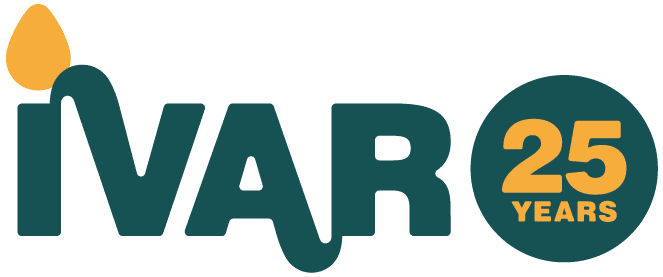
Risk
Charities need funders to take better risks.
Funding Risk
IVAR’s tool for funders to assess their attitude to risk in grant-making.
Publications on risk in grant-making
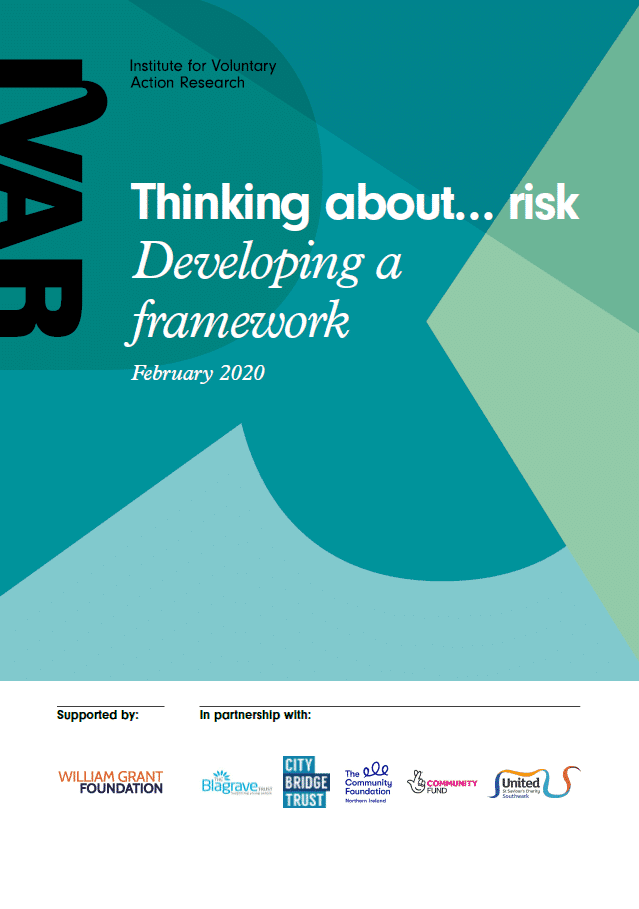
Thinking about… risk: Developing a framework
We set out our initial findings from a study carried out in partnership with…
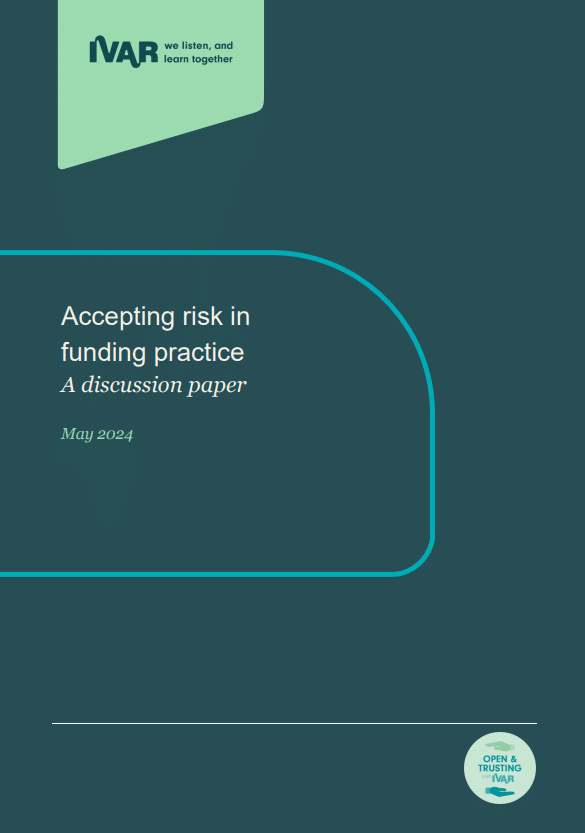
Accepting risk in funding practice
This discussion paper is based on a review of academic and practitioner research evidence.…
Six observations about risk in grant-making
Here are six key observations1 that help us in understanding, addressing and managing funding risk:
- Risk events are highly variable: ‘[They] can occur anywhere, anytime. They may be predictable or not, controllable or not, and caused by internal or external variables’.
- Risk is relative not absolute: ‘The concept of risk sits on a spectrum, and identical events may be deemed more or less risky based on the viewpoint of the funder’.
- Risks can lead to reward: ‘While labelling something a risk implies the possibility of a negative effect, taking that risk can be a profoundly positive choice’.
- For funders, risk culture is a matter of choice: ‘Risk culture refers to an organization’s appetite or tolerance for taking risk. It is based in choice and, in a sense, is the “subjective” side of a discussion of risk’.
- Risk management is a matter of practice: ‘In grantmaking, risk-management practices are the steps that funders and nonprofits can take to reduce either the likelihood of a harmful event or the harmful consequence of that event’.
- Risk cannot be avoided: ‘In both risk culture and risk management, there is no such thing as zero risk’.
Case study
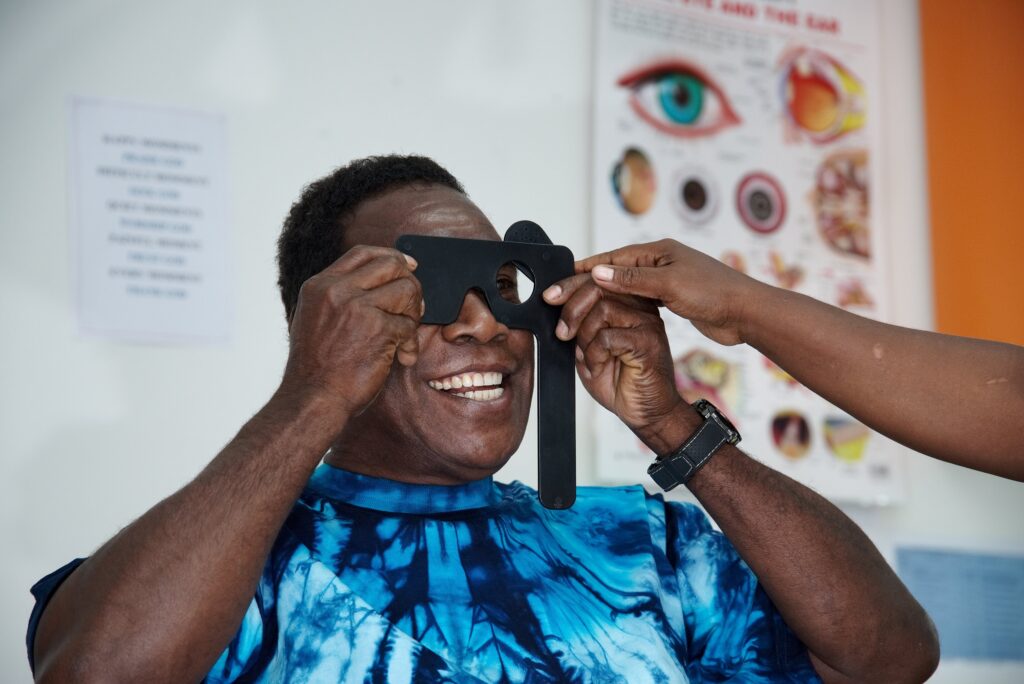
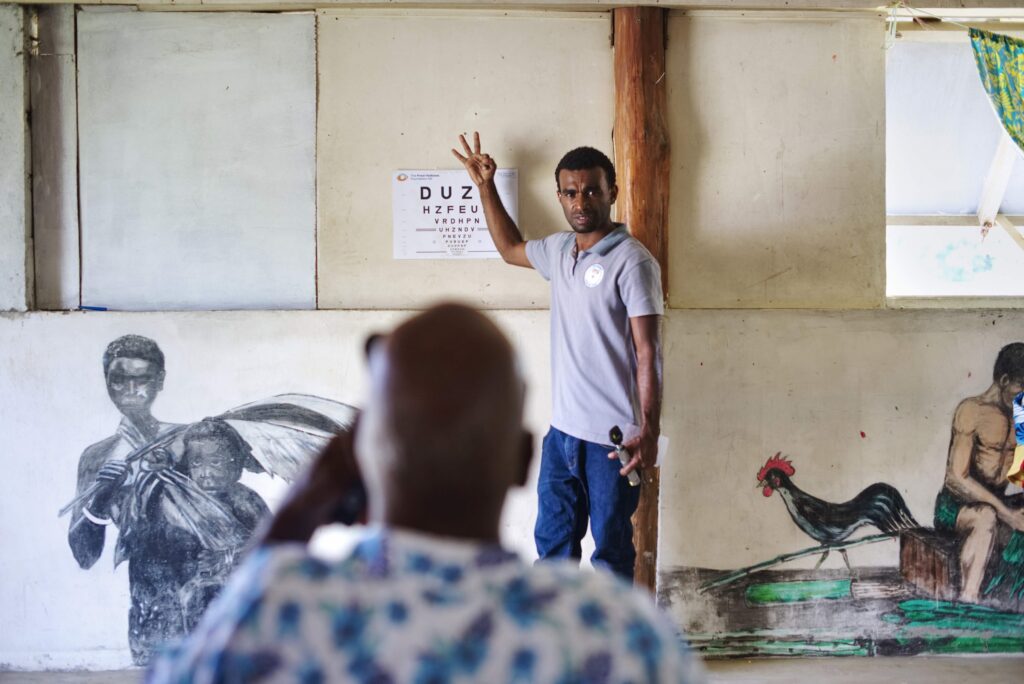

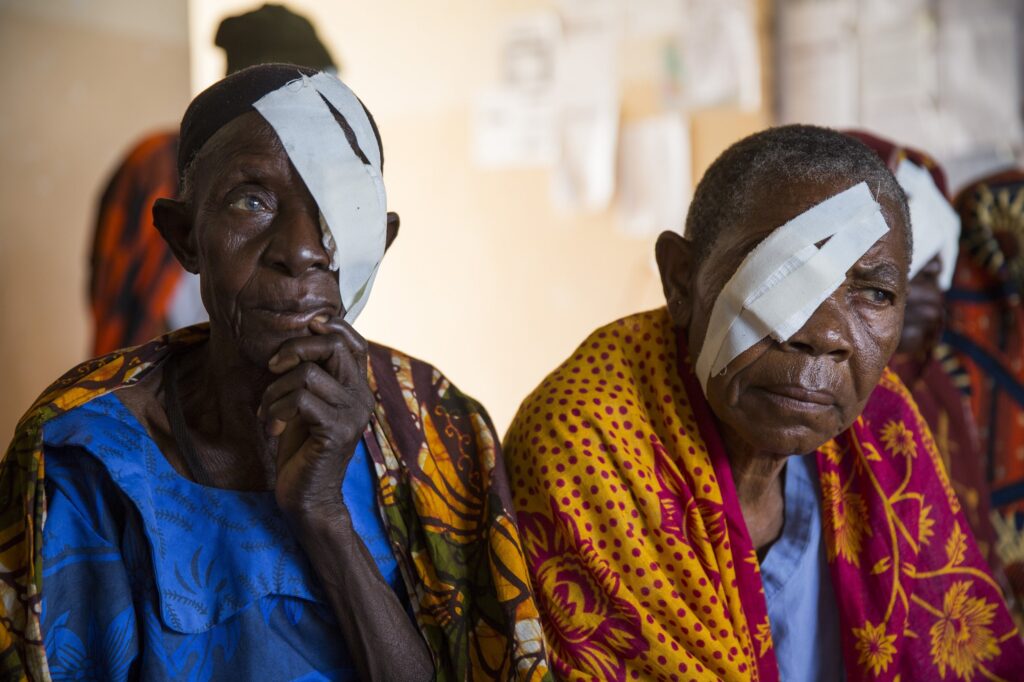
Considering your appetite to risk when you have a bold ambition
In 2019, we carried out a learning review of The Queen Elizabeth Diamond Jubilee Trust (QEDJT), which was established in 2012 to mark and celebrate Her Majesty The Queen’s 60 years as Head of the Commonwealth. Trustees decided to dedicate nearly £80million to a five-year strategic programme to tackle avoidable blindness. Across the world, 285 million people are visually impaired, of whom 39 million are blind. Yet 80% of blindness and visual impairment is curable or treatable. Good quality eye care is a scarce resource for millions of people across the globe, including in many Commonwealth countries.
By any stretch of the imagination, this was a bold ambition. The learning for foundations interested in framing their work around a tightly defined goal includes:
- Understanding and agreeing a foundation’s own organisational needs and expectations is a critical first step in identifying an objective that fits its scale, aspirations and appetite for risk.
- Recognising and accepting the importance of complete organisational alignment behind an agreed strategy – ‘achieving strategic focus involves giving up everything else’.
- Building genuine credibility as a contributor ‘beyond the money’ takes time and effort – being present, being interested and being useful all help this process run more smoothly.
This was also a potentially risky initiative. Our evaluation highlighted four key areas of focus for foundations considering their risk appetite and their approach to innovation:
- Achieving real clarity and agreement – both internally and with partners – about what risk looks like and where it lies, and then being realistic about potential risks and taking care not to overreact; while being ready to take quick, and hard, decisions where necessary.
- Taking a positive approach to risk management and mitigation, actively seeking access to skills, knowledge and expertise to assist in this task, and deploying these resources effectively.
- Seeking to create relationships with grantees that enable them to contribute their expertise and have the confidence to share ‘real-time’ information on challenges and risks so that timely action can be taken to deal with them together.
- In balancing questions of risk and benefit, being conscious of the distinctive freedoms that come with being an independent foundation and being willing to take risks where the potential rewards are sufficiently promising.
- The Commons, Open Road Alliance, and the Rockefeller Foundation (2017) Risk Management for Philanthropy: A Toolkit https://search.issuelab.org/resource/risk-management-for-philanthropy-a-toolkit.html ↩︎
